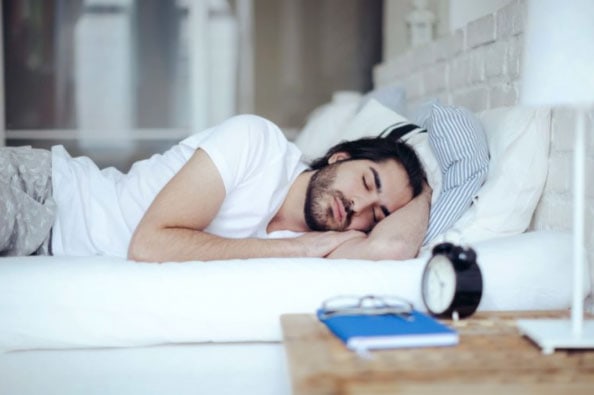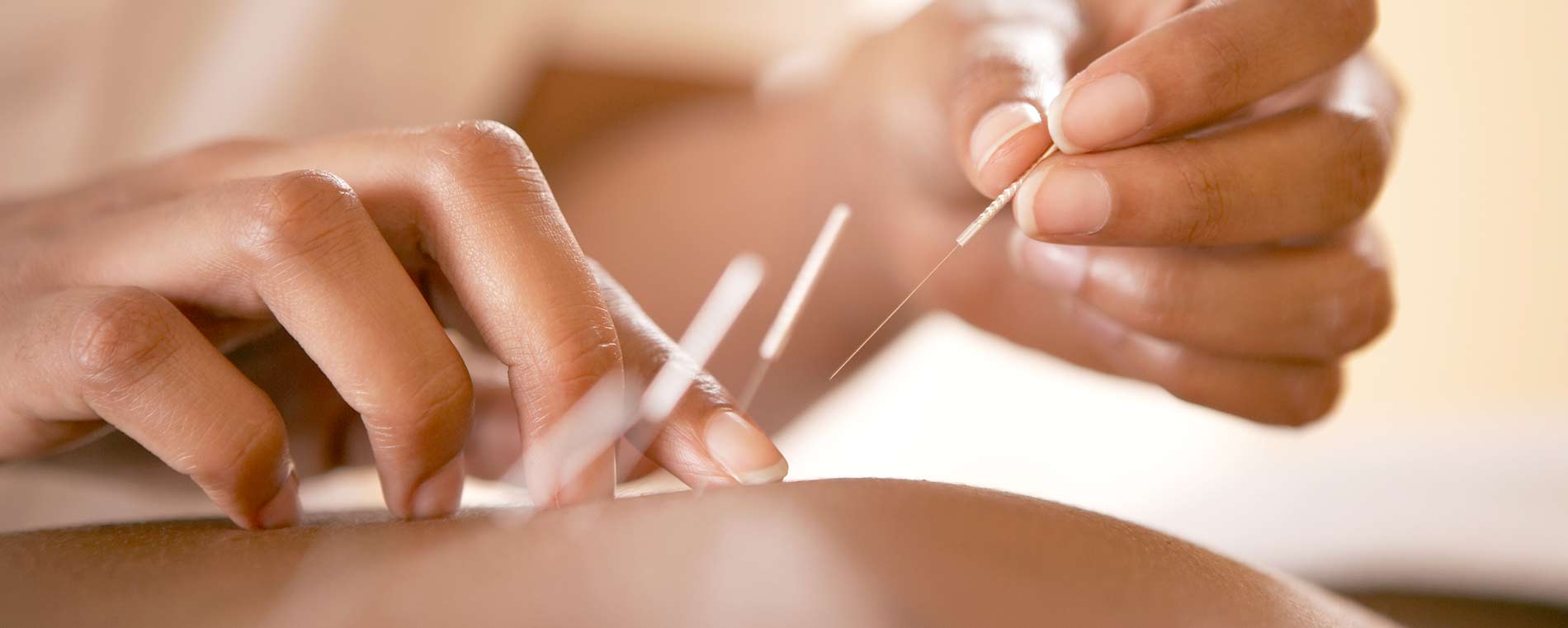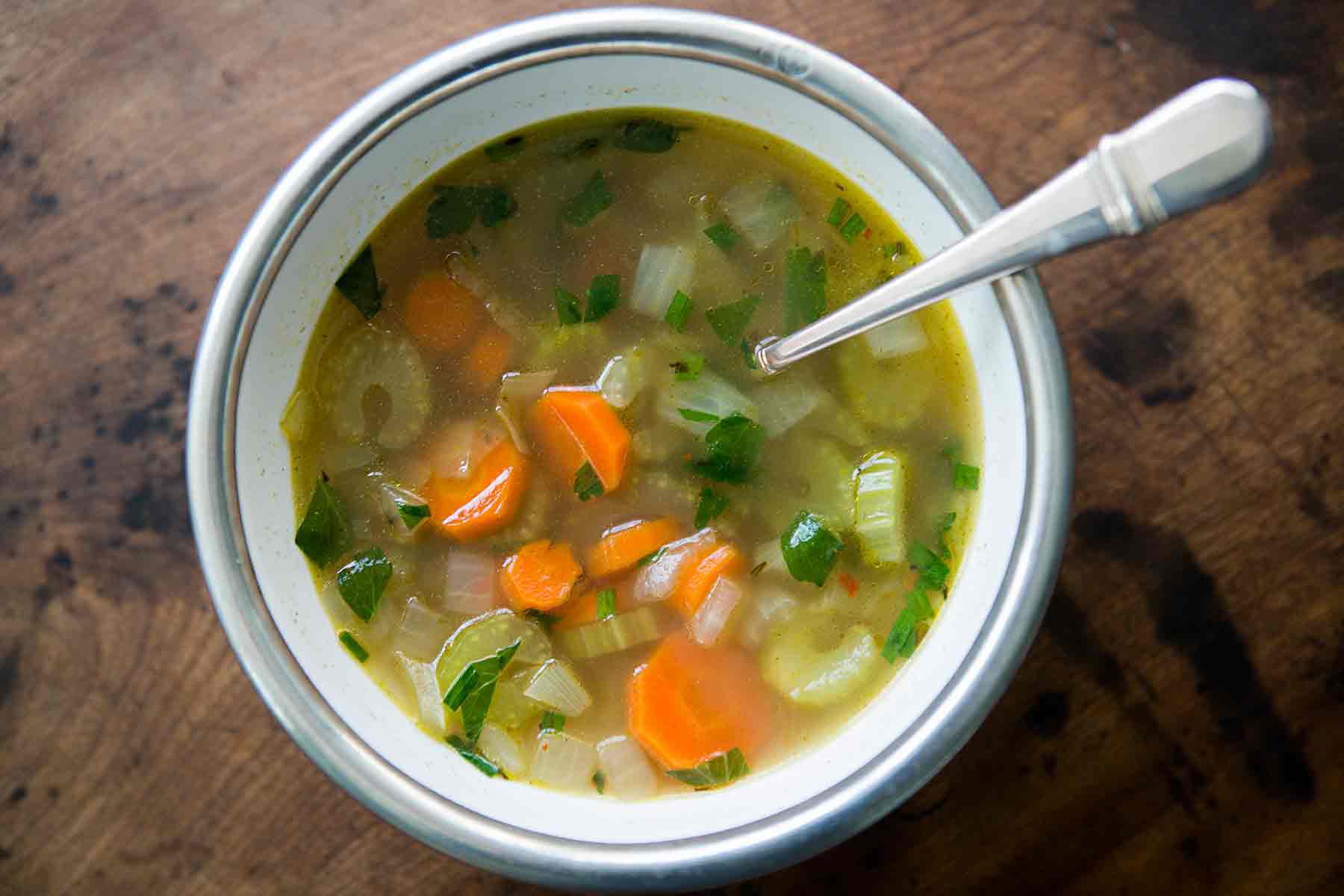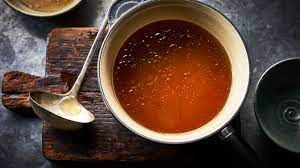The many detergents, disinfectants, polishes, and glass cleaners available to us are expensive, chemical-based, and needlessly expose our families and our environment to highly dangerous and toxic ingredients. If you take a trip down the cleaning aisle at the supermarket, it would seem you can’t keep a clean house without loading your shopping trolley with a different cleaner for each surface, floor and sink in the house.
The average household contains about 62 toxic chemicals, according to environmental experts. We’re exposed to them routinely, from the phthalates in synthetic fragrances to the dangerous fumes in oven cleaners. Ingredients in common household products have been linked to asthma, cancer, reproductive disorders, hormone disruption and neurotoxicity.
In small amounts, experts agree these toxic ingredients aren’t likely to be a problem. The issue is when we are exposed to them on a daily basis, and in combinations that haven’t been studied as it’s impossible to accurately calculate the risks. While a few products cause immediate reactions from acute exposure such as headaches from fumes and skin burns from accidental contact, different problems arise with repeated contact. Chronic exposure to these chemicals add to the body’s “toxic burden” which is the number of chemicals stored in body tissues at a given time.
No one can avoid exposure to toxic chemicals altogether, but it is possible to reduce it significantly. Simple recipes using products from your cupboard, like vinegar and bi-carb make effective household cleaning solutions.
Vinegar is one of the most useful, affordable, and green products out there and yet for some reason it’s virtually forgotten about in the West. From cooking and cleaning, to gardening and home remedies, white distilled vinegar is one of the most versatile and economical products you can have on hand. It’s effective in killing most mold, bacteria, and germs, due to its level of acidity.
Bicarbonate of Soda is a naturally occurring product which makes it perfectly environmentally friendly when used for cleaning and neutralizing.
In the laundry
- Soak perspiration stains in white vinegar until saturated and then wash as usual. This removes odours as well.
- To clean out your washing machine add, a quarter cup of bi-carb to the soap area and a quarter cup of vinegar to the softener area and do a short cycle.
- Use 1 cup of vinegar instead of Fabric Softener.
- Mix half vinegar and half water and put in a spray bottle. Use when ironing to get rid of creases or ‘shiny area’s’ in the fabric.
- Clean the base of an iron with a paste of vinegar and bi-carb soda. It should make it clean, shiny and won’t harm the surface.
In The Kitchen
- Vinegar can be used as a substitute for Rinse Aid in the dishwasher.
- A solution of 1 cup of vinegar, 1 cup of water, 5 drops of liquid soap and a few drops of tea tree oil makes a great all-purpose cleaner.
- For tea stained cups, add a paste of bi-carb and water, leave for a little while and then rub clean.
- Vinegar can be used to clean windows and mirrors.
- Soak pots and pans in hot water and bi-carb soda for 15 minutes to easily wipe away baked-on food.
- Equal parts lemon juice and bi-carb can be used to clean your oven. Leave for a few minutes and then remove with a clean cloth and warm water.
In The Bathroom
- Half cup of Bi-carb soda mixed with half cup of vinegar is a bubbly combination as a drain cleaner. Sprinkle bi-carb soda down the drain, then add vinegar and let it bubble for 15 minutes, then rinse with hot water. This is a safer alternative to dangerous drain cleaners. Please do not use this method if you have recently used commercial drain cleaners.
- Mirrors can be cleaned with vinegar.
- Just fill a spray bottle with white vinegar and add a few drops of eucalyptus or tea tree oil (they are antibacterial and deodorizers), then spray and wipe all the surfaces in the bathroom. If you are worried that the vinegar is too strong to use on these surfaces, dilute it with half water and it will still work just as well.
- You can use straight vinegar instead of bleach to clean the toilet bowl.
Floor Surfaces
- A great alternative for shiny floors is a half vinegar and half water solution.
- Bi-carb soda is a natural carpet deodorizer. Sprinkle it on to carpets, let it sit for 15 minutes, then vacuüm it up.
Outdoors
- Kill weeds on patios and paths by pouring hot vinegar on them (not weeds in the grass). They will take a few weeks to die though.
- To keep cats out of children’s sand pit, pour vinegar around it. Reapply every two months.
- Use bi-carb soda to scrub your barbecue grill.
- For smelly bins, sprinkle a good layer of bi-carb on the bottom, leave overnight and wipe clean.
Precautions
- Always keep cleaning solutions out of the reach of children and pets, including the safe formulas you mix yourself.
- Always test your mixture on small, hidden areas of all surfaces to be certain there won’t be any damage or discolouration.
- Label and store natural recipes as carefully as you would any other cleaning mixture. Although they are made from safe ingredients, they should be treated with caution.
Other vinegar tips:
- Get rid of lime deposits in a tea kettle by adding 1/2 cup white distilled vinegar to the water and letting it sit overnight. If more drastic action is needed, boil full-strength white distilled vinegar in the kettle a few minutes, let cool and rinse with plain water.
- Remove stains from coffee and teacups by scrubbing them gently with equal parts of salt (or baking soda) and white distilled vinegar. Rinse clean.
- Remove ugly film in narrow-necked glass jars, flower vases, and bottles by letting undiluted white distilled vinegar sit in them for a few hours. Add a little rice or sand and shake vigorously to loosen stubborn stains. Repeat if necessary.
- Discourage ants by spraying undiluted white distilled vinegar outside doorways and windowsills, around appliances and wherever you find the pests coming in.
- To remove a label, decal, or price tag, cover with a cloth soaked in white distilled vinegar. Leave the cloth on overnight and the label should slide off.
- Renew sponges and dishrags by placing them in just enough water to cover them. Then add 1/4 cup white distilled vinegar. Let them soak overnight.
- Clean up pet accidents by first blotting up the area and then adding a white distilled vinegar-and-water solution. Blot until it is almost dry. Then sprinkle baking soda over the area and let it dry. Vacuum up the residue the next day.









